modern human origins
Ghostbusters of human origins
Humans tend to mix and interact with each other. Geneticists are once again starting to take that seriously, changing their view of our origins.
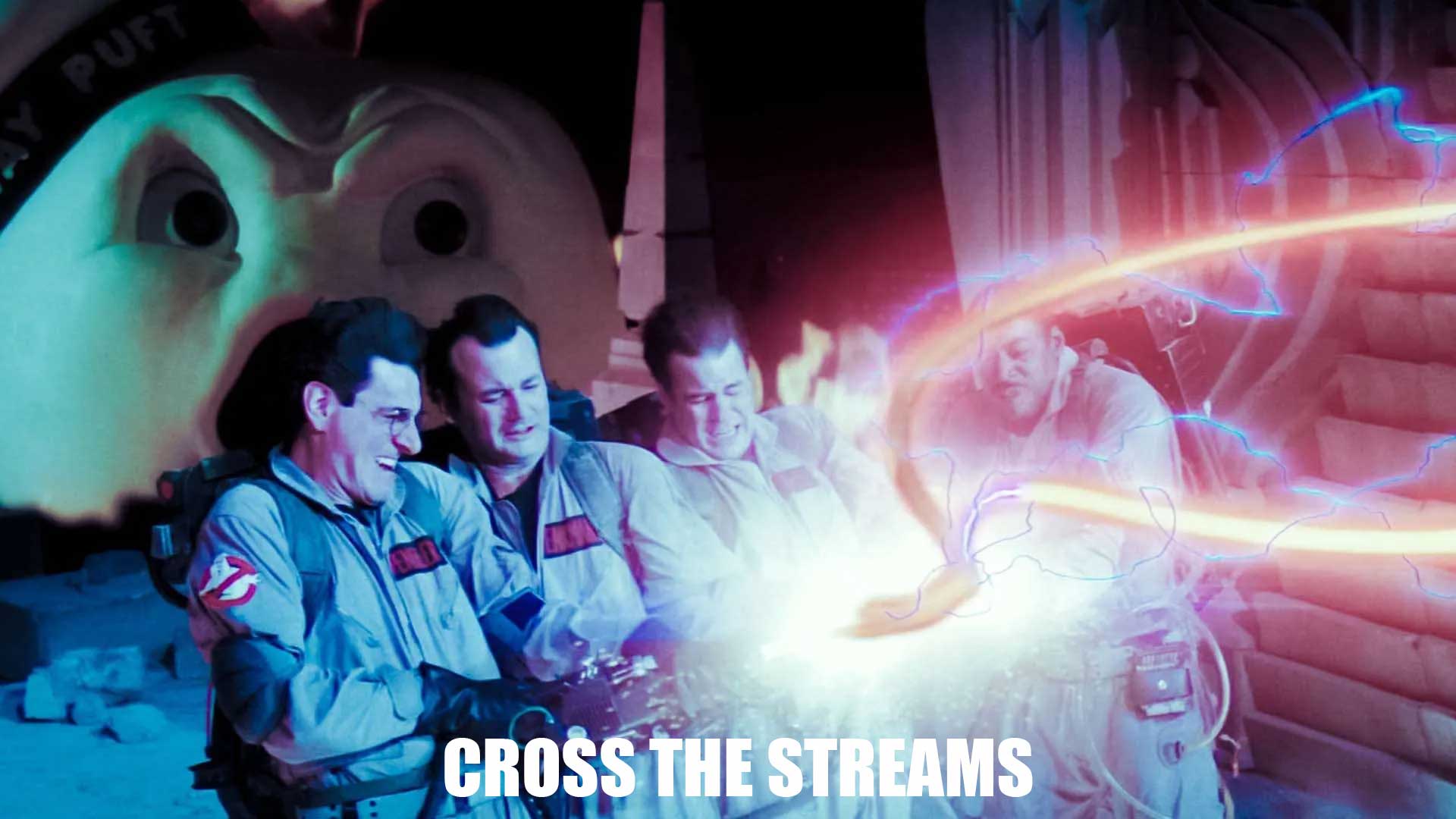
Explaining the X chromosome hole in Neandertal ancestry
Natural selection reduced the variation on human X chromosomes in populations with the most Neandertal and Denisovan mixture. It may have been meiotic drive.

The Nesher Ramla site: a third way between Neandertals and modern humans?
Fragments representing people who lived just before Skhūl and Qafzeh seem outside the expectations for these “early modern humans” or for Neandertals.
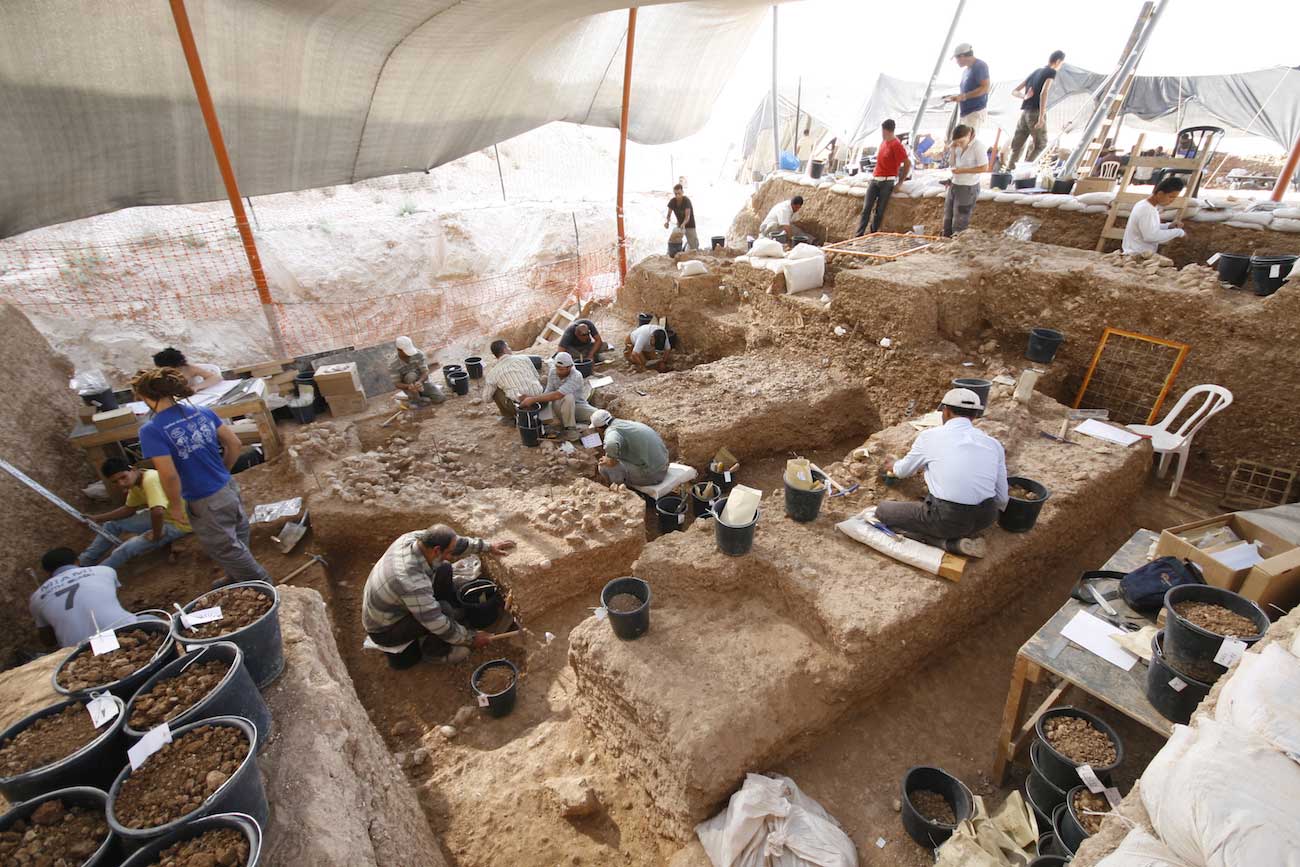
Fossil profile: Skhūl 1 and the mixing of populations
A child's skull from Mount Carmel gives an occasion to look at the history of ideas about population mixture.
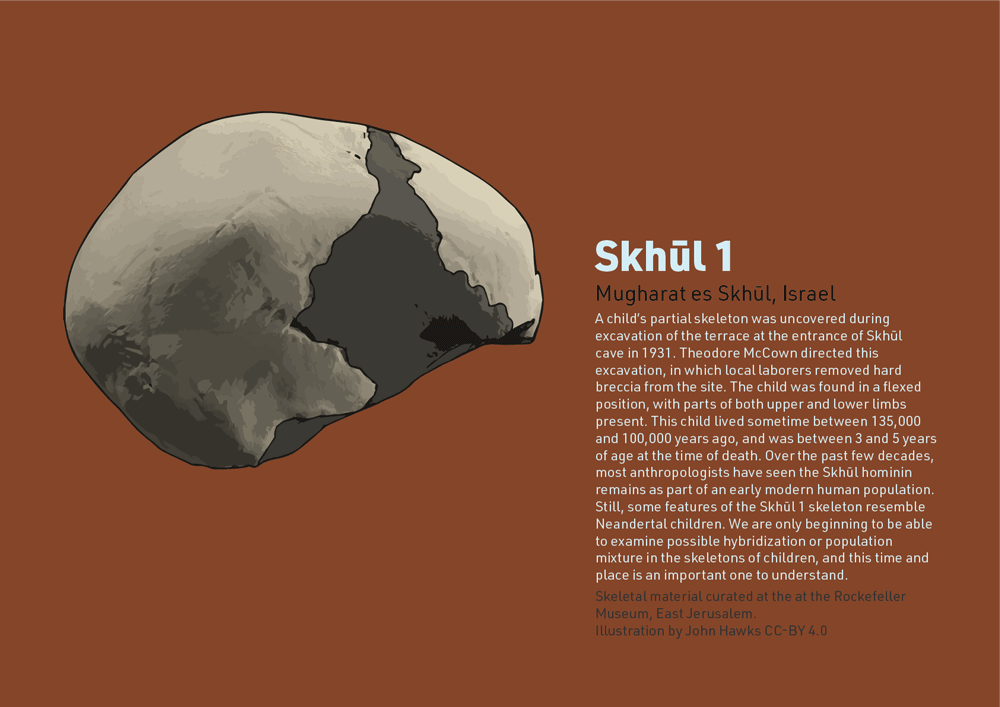
Fossil profile: Zlatý kůň and the Neandertal heritage of early Upper Paleolithic Europeans
A skull from Czechia represents an individual from one of the earliest European modern human populations to encounter Neandertals.
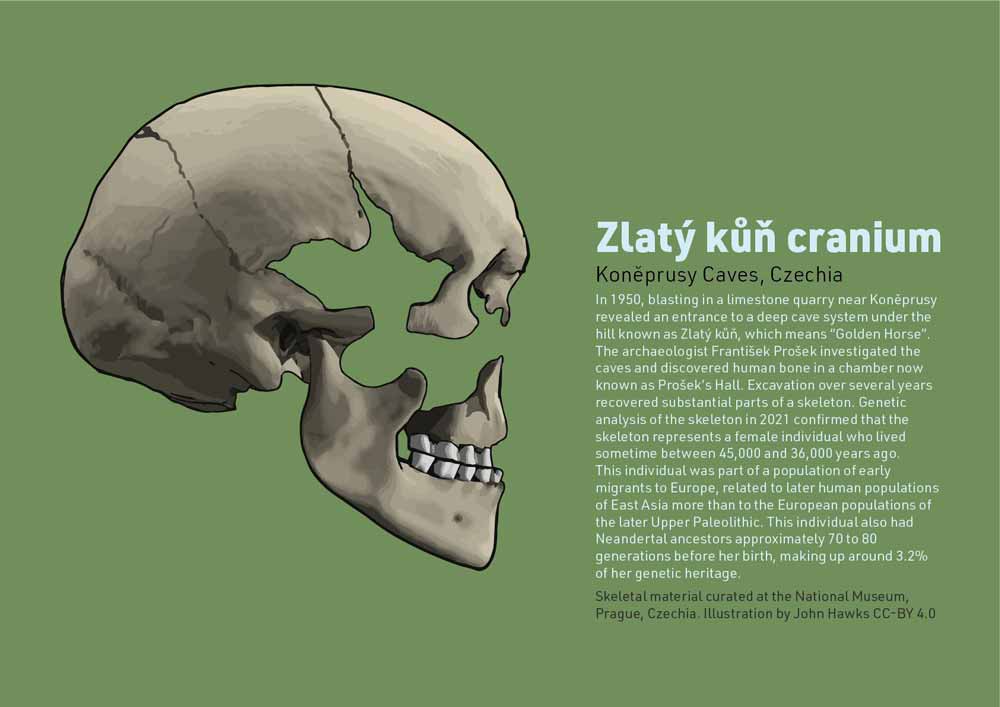
Fossil profile: BOU-VP-16/1 and mortuary practice
A fossil from Bouri, Ethiopia, represents an individual whose skull was processed after his death.
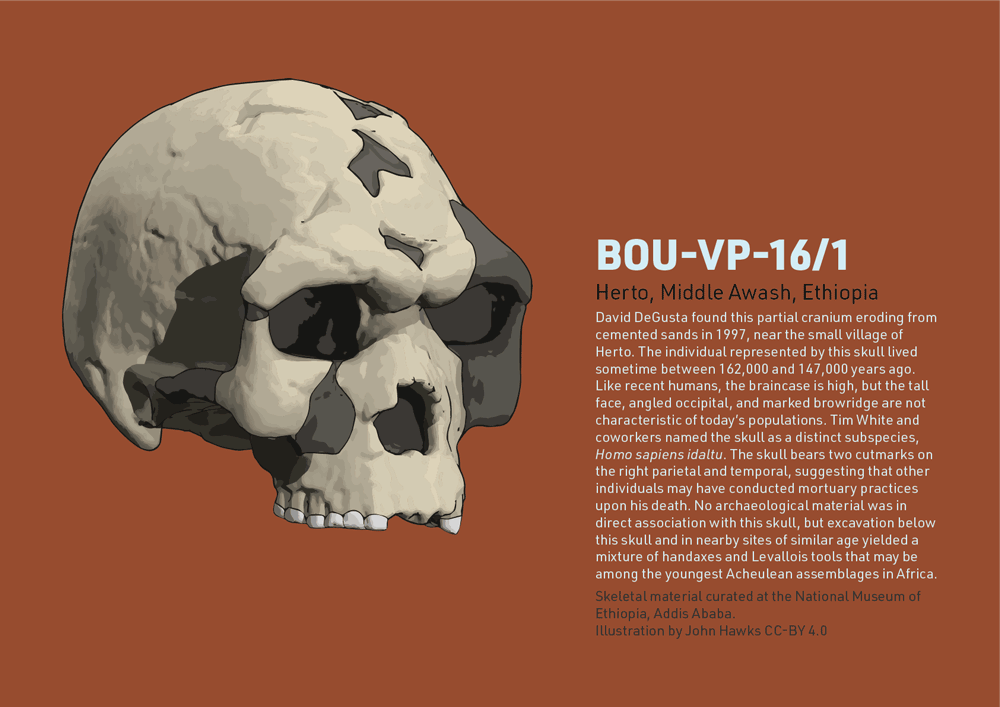
Neandertals got 6% of their genomes from Africa
An analysis by Melissa Hubisz and coworkers finds that mtDNA is not all that Neandertals received from our African ancestors

There are no “anatomically modern” elephants. Why do we treat humans differently?
A quote from Phillip Tobias illustrates the strange way that we talk about human variation compared to other species.

How old is the "early Homo sapiens" skull from Florisbad?
Introducing a new preprint in which I examine critically the evidence for a skull thought to be contemporary with Homo naledi.
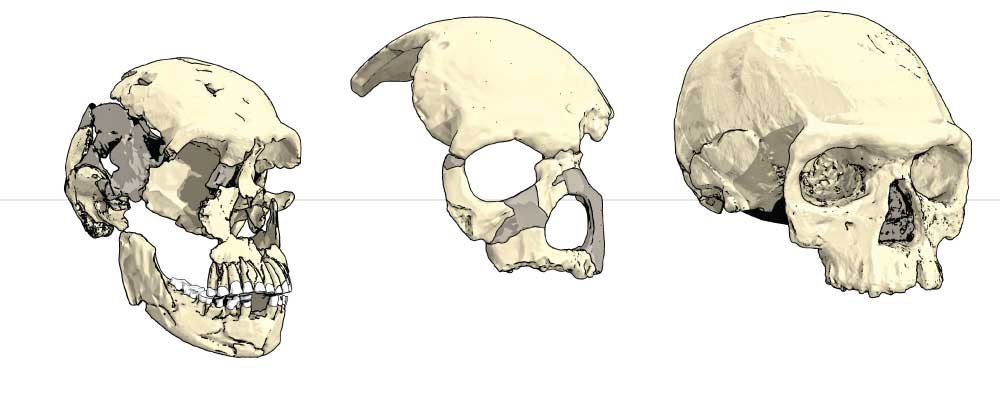
How much do Y chromosome haplogroups shape our views of modern human origins?
The divergent A00 haplogroup roots the modern human Y chromosome tree deeper in time.
